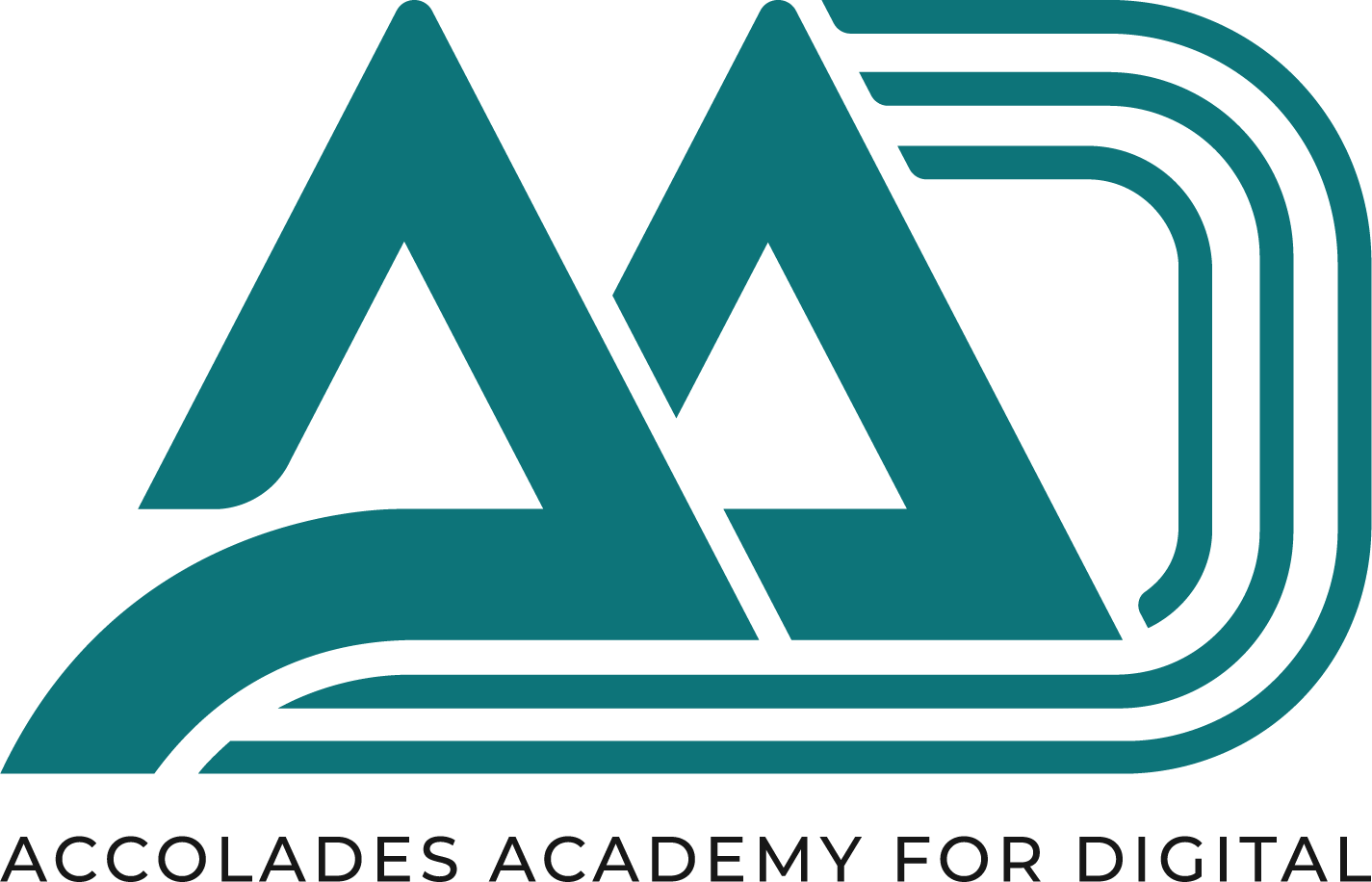Web development thrives on the seamless integration of technologies. HTML, CSS, JavaScript, and Python combine to form a robust toolkit that powers dynamic, functional, and visually stunning websites. This blog explores how these languages work together to elevate web development, providing an ideal foundation for anyone considering a Python programming course.
Embracing the Combo in a Python Programming Course
Python courses often incorporate lessons on integrating these languages for full-stack development. By mastering HTML, CSS, and JavaScript alongside Python, you’ll acquire the skills needed to develop dynamic and data-driven websites. This combination not only broadens your technical expertise but also prepares you to tackle diverse web development projects
HTML: The Foundation of Every Web Page
HTML (Hyper Text Markup Language) creates the structure of a website. It structures your web page by defining elements like headings, paragraphs, links, and images, acting as its framework. Whether you’re building a simple blog or a complex application, HTML ensures the content is organized and accessible.
CSS: Bringing Style to Structure
CSS (Cascading Style Sheets) improves the look of your HTML design by specifying the visual style of elements, such as colours, fonts, and layouts. With CSS, you can ensure your website aligns with branding guidelines while offering an engaging user experience.
For instance, CSS helps create responsive designs that adapt seamlessly to different devices, improving accessibility and user satisfaction. Learning CSS alongside Python in a programming course enables developers to build visually appealing and responsive websites.
JavaScript: Adding Interactivity and Dynamism
JavaScript brings life to websites by introducing interactivity. JavaScript brings functionality to web pages, unlike HTML and CSS, which concentrate on structure and design. It enables interactive features such as animations, live updates, and form validation.
From interactive maps to dynamic shopping carts, JavaScript is indispensable for modern web applications. Pairing JavaScript with Python allows developers to manage complex workflows efficiently, especially when handling large amounts of data or creating real-time applications.
Python: The Power Behind the Scenes
Python is a flexible back-end programming language that shines in handling server-side tasks. With frameworks like Django and Flask, Python handles tasks such as user authentication, database management, and API integrations. Its readability and simplicity make it a favourite for developers worldwide.
For example, in an e-commerce website, Python can process user payments, manage inventory, and generate personalized recommendations. A Python programming course often highlights these practical applications, showcasing its role in building scalable and secure web systems.
Why This Combination Works
Full-Stack Development Mastery
Python along with HTML, CSS, and JavaScript supports to hand both front-end and back-end development with ease. You’ll gain the skills to create cohesive, high-performing websites that offer exceptional user experiences.
Flexibility and Scalability
Python’s vast libraries and integration capabilities enhance web development’s flexibility. Whether building a simple portfolio or a complex data-driven platform, this combination ensures scalability and efficiency.
Strong Community Support
Both Python and JavaScript boast active developer communities. Extensive documentation, tutorials, and forums make learning and problem-solving more accessible. This support system is invaluable when taking on challenging web development projects.
Example Use Cases
E-Commerce Websites
HTML and CSS define product listings and create an attractive interface. JavaScript enables interactive features like filters and live updates, while Python manages secure payment gateways and real-time inventory tracking.
Social Media Platforms
Build visually engaging interfaces with HTML and CSS. Utilize JavaScript to enable real-time content updates and notifications. Python ensures robust back-end functionality for data storage, content moderation, and user authentication.
Educational Platforms
HTML organizes course materials, CSS designs the user interface, and JavaScript powers interactive quizzes. Python processes user data, generates analytics, and manages subscriptions.
HTML, CSS, JavaScript, and Python form a robust stack that streamlines the web development process. Together, they create websites that are not only functional but also engaging and scalable. If you’re considering enhancing your web development skills, a Python programming course is an excellent starting point. It’ll guide you through integrating these technologies, empowering you to build exceptional digital experiences.






